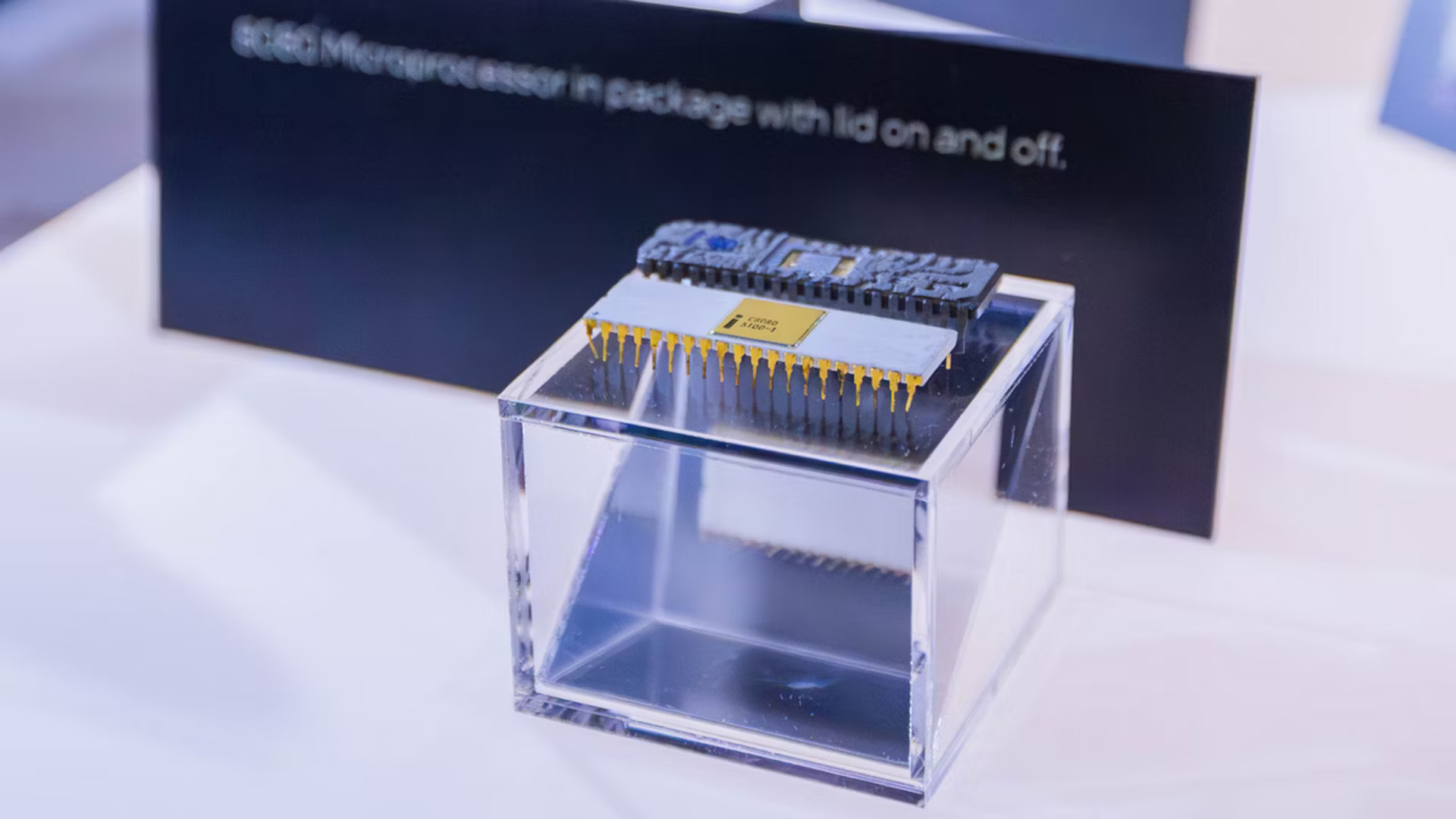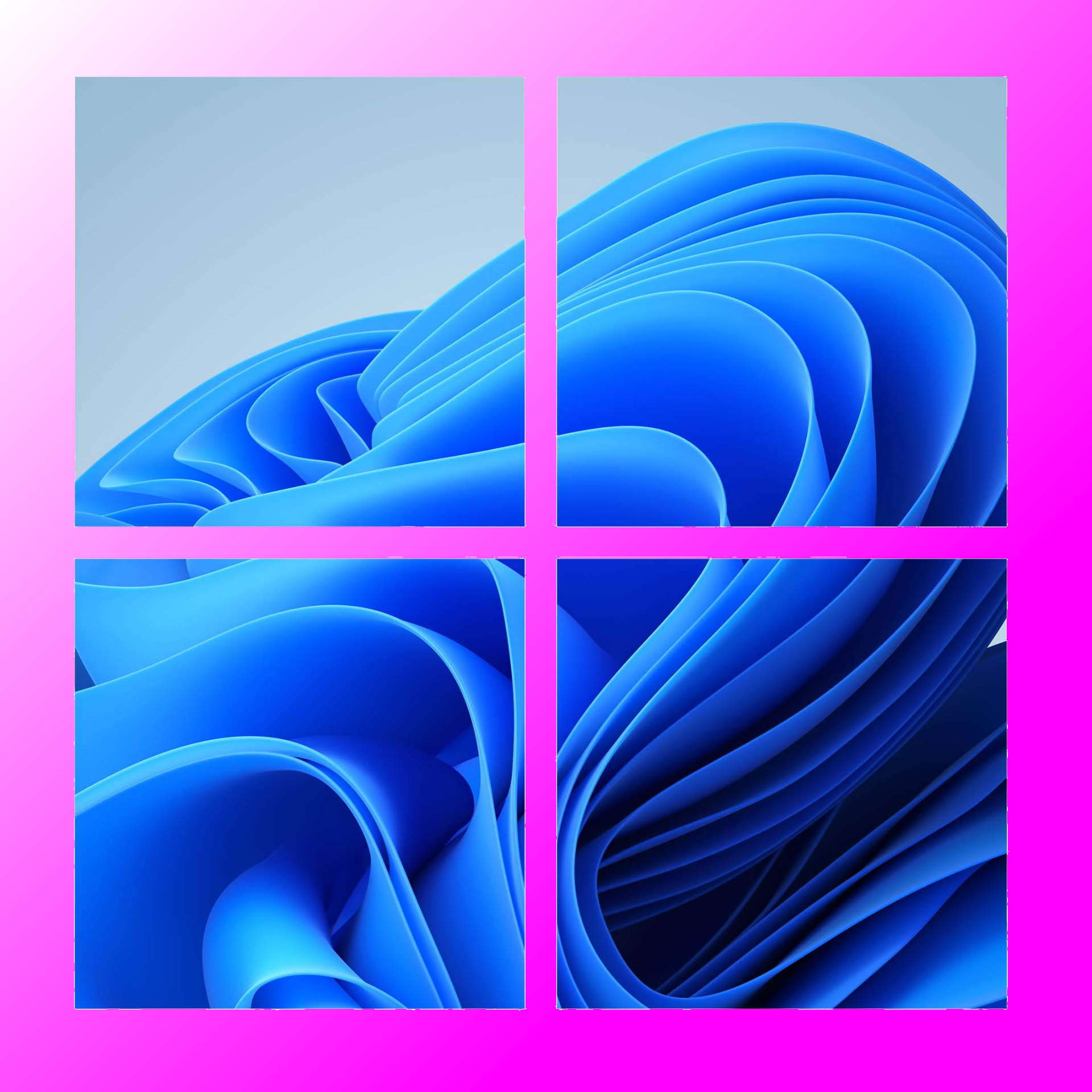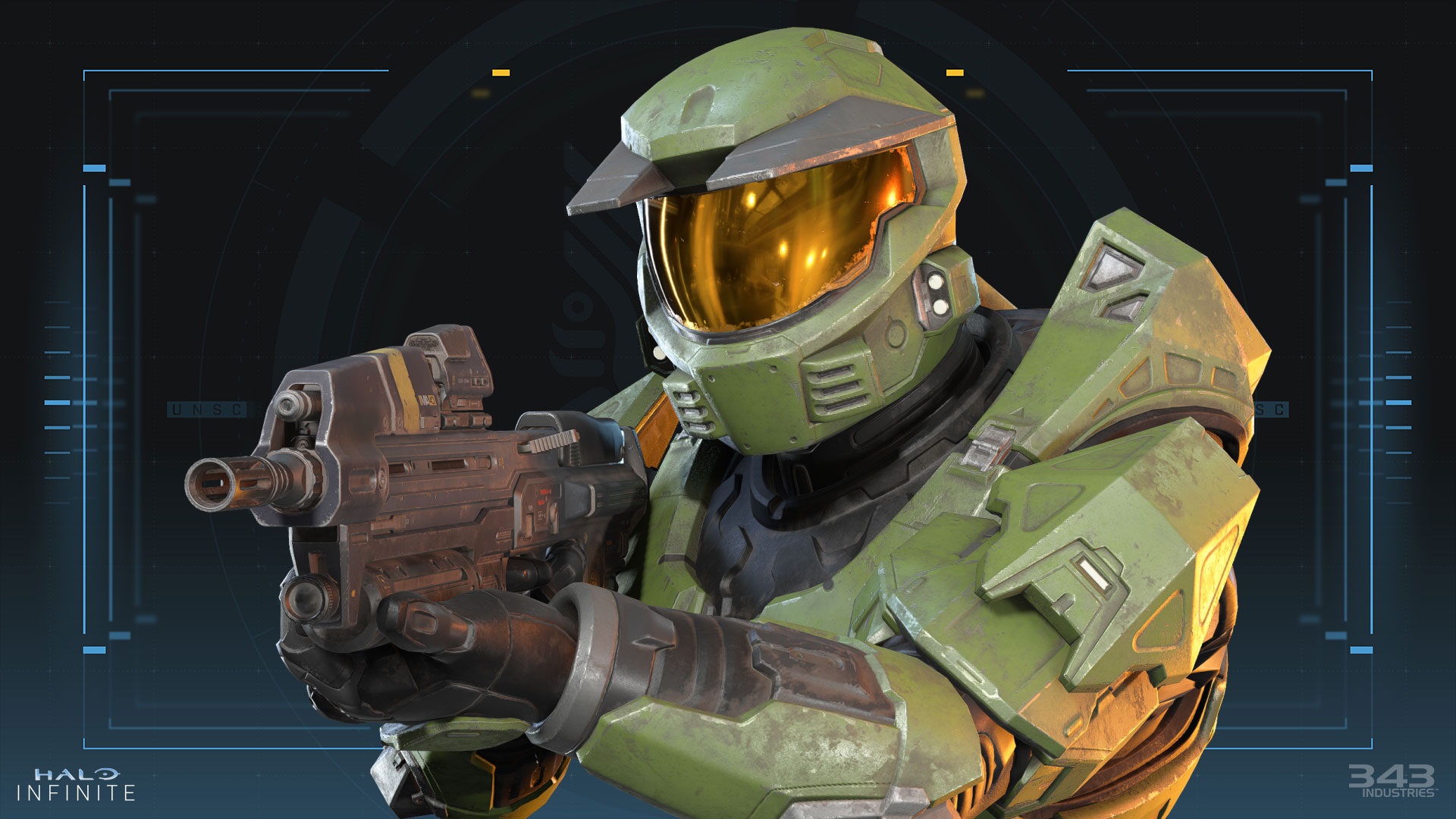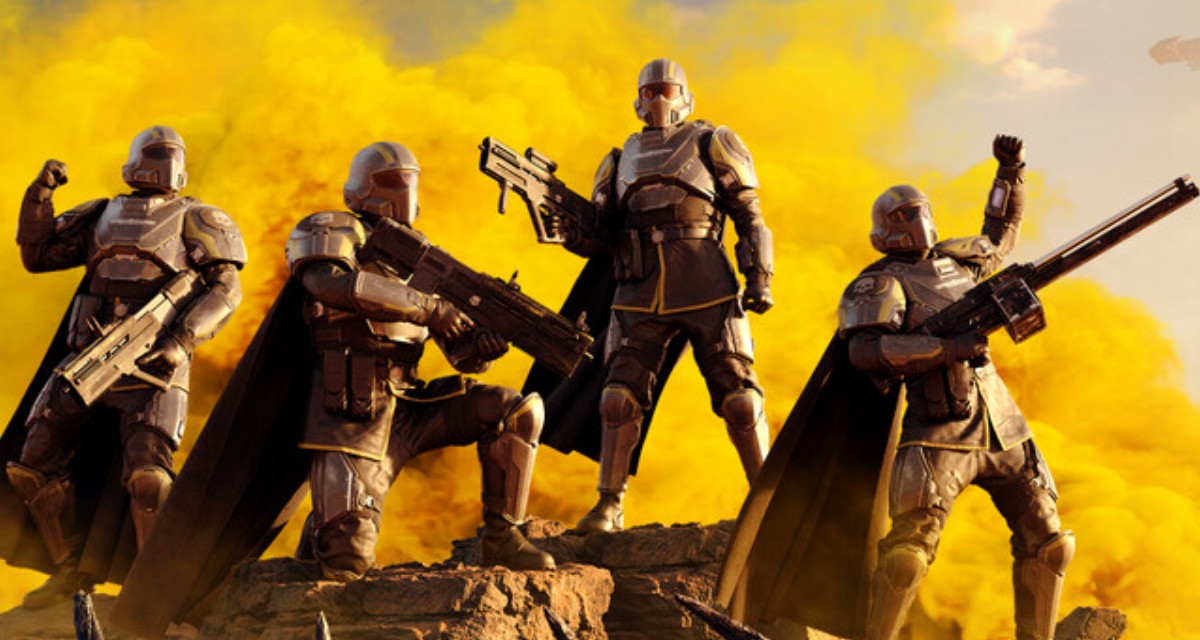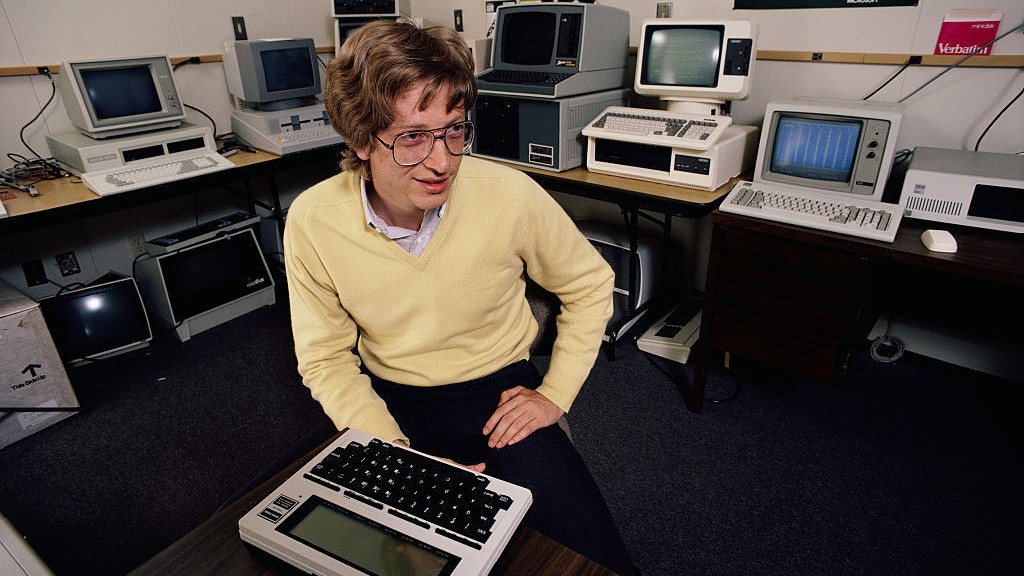
Coding onto paper and punch cards.
Tomorrow, April 4, 2025, will mark 50 years since Microsoft (or ‘Micro-Soft’, back then) was founded. To mark the occasion, Bill Gates has created a blog post celebrating ’50 years of Microsoft’ which includes a downloadable PDF of the original source code that kickstarted the entire company.
Upon reading the blog post, the main thing that strikes me is just how far we’ve come in such a short time. I know, I know, it’s obvious, but looking back to the start of Microsoft—and thus the start of personal computing in general—in its specifics really does bring it to the forefront: ‘We were doing that just 50 years ago?’
In particular, I’m struck by the fact that, as the Associated Press points out, the original code—as well as all code for the Altair 8800 machine it was for, back then—was written on a teleprinter. In the 19th Century, these were used for telegraphy (like morse code machines but using a keyboard to output in regular writing), but in the mid-20th Century you could use them to feed inputs into computers.
The Altair BASIC interpreter that Gates and co. created for the MITS Altair 8800 began the era of personal computing: “Altair BASIC became the first product of our new company, which we decided to call Micro-Soft. (We later dropped the hyphen.)”
That notion of breaking ground for a new era was the idea from the start, too. The 8800 was designed to bring computing to people’s homes, and Bill Gates and Paul Allen recognised that “creating software that let people program the Altair could revolutionize the way people interacted with these machines.”
So they made BASIC, a high-level interpreter that could make it easy for people to make programs for the Altair 8800. They didn’t have anything made when they told the founder of MITS they had, though, so Gates says they “coded day and night for the two months to create the software we had said already existed.”
That involved Gates working on the code, Allen simulating the Intel 8080 chip at the heart of the Altair 8800 (which is likely in part why Gates laments Intel’s recent woes), and Gates’ friend Monte Davidoff working on the math package. The rest, as they too frequently say, is history.
All, of course, very impressive. But what’s particularly mindblowing to me is that all this was going on just 50 years ago.
After we’d literally landed on the moon, we still weren’t at the personal computer stage. And to get to that personal computer stage, we had to enter our code into a teleprinter and physically feed it into the computer.
And there was punch-card coding, too, which often strikes me as very ancient history, but that only stopped in the mid-1970’s, too. The history of Microsoft reminds me that actually, much of computing was radically different not too long before the turn of the 21st Century.
And thinking to the future, now, could even the best technologists back then have predicted today’s smartphone-and-AI world? I doubt it. So perhaps that should cast doubt on our ability to predict what the future of technologies such as AI and quantum will have in store for us. Maybe in 50 years we’ll look back on today’s tech like we look back on punch-cards and teleprinters.
Windows 11 review: What we think of the latest OS.
How to install Windows 11: Guide to a secure install.
Windows 11 TPM requirement: Strict OS security.
